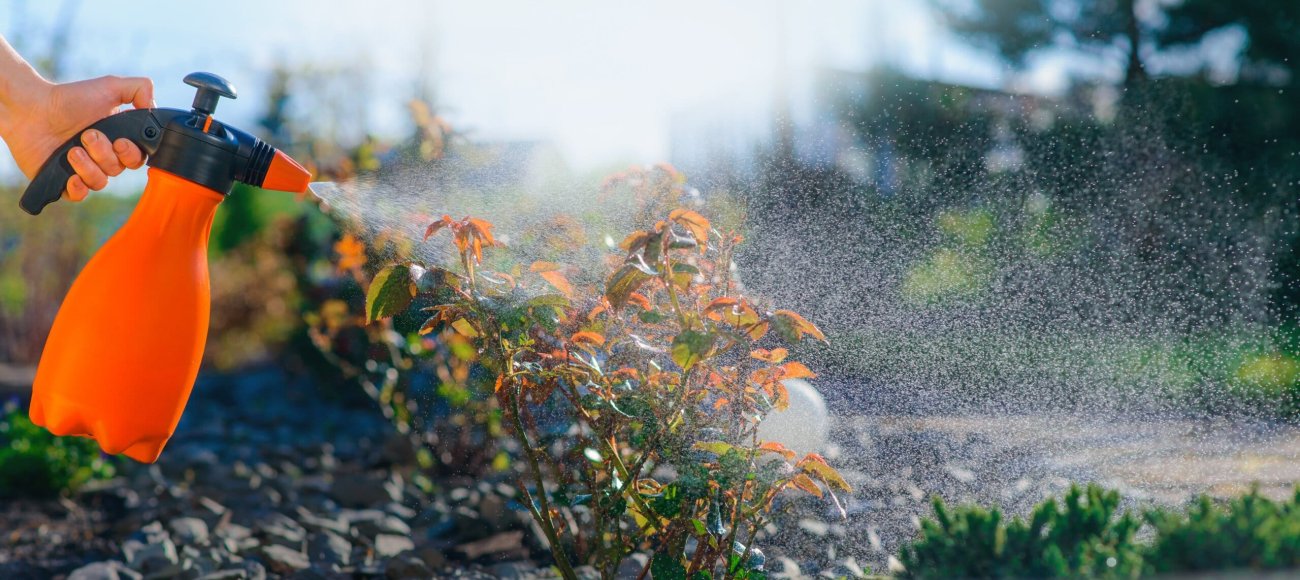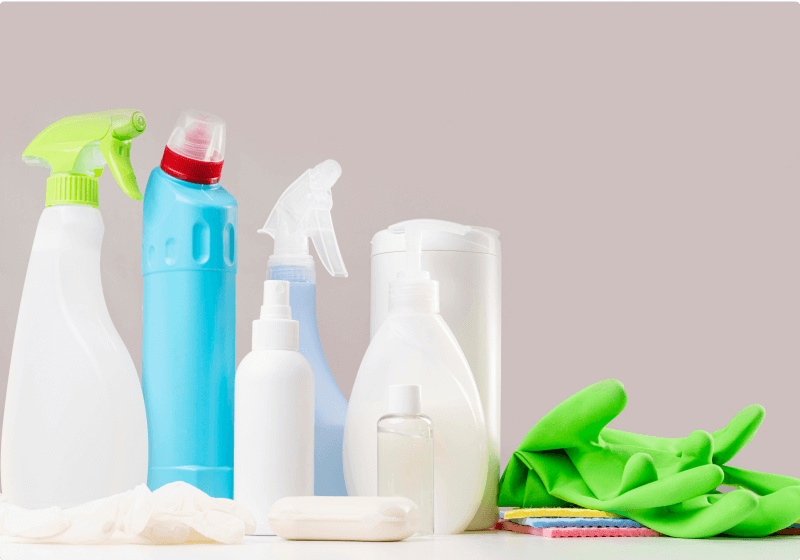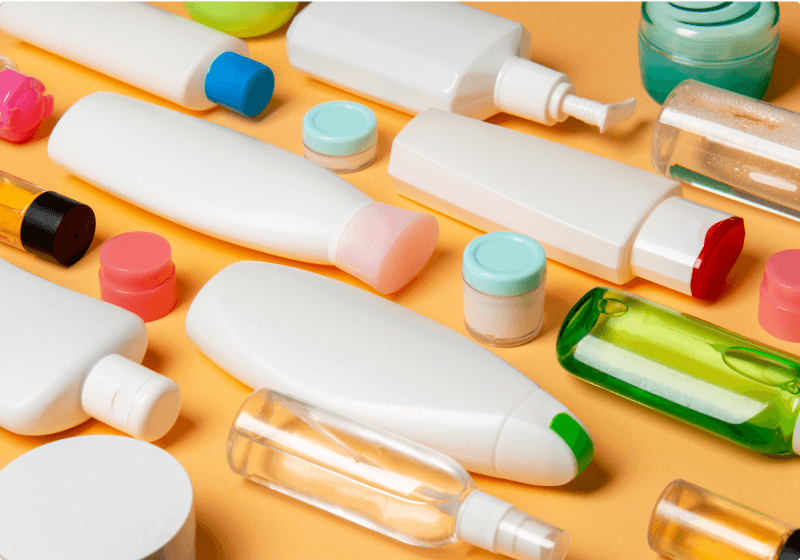The global market for cosmetic pesticides, intended for enhancing the aesthetic looks of lawns, gardens, and landscapes has been growing. The knowledge of consumers about the environmental and health effects of these pesticides is fueling the demand for reformulated and more efficient commodities. This article addresses the growth in the cosmetic pesticide industry highlighting the growth of markets, shifts in global trends, growth opportunities by region, and shifts in legislation.
Emerging markets and regional growth opportunities
North America
The growing awareness of the environmental impacts of chemical pesticides and the gardening culture is leading to an increased demand for cosmetic pesticides in North America. This has led to a noticeable shift from the use of chemical pesticides to organic, eco-friendly pesticides.
Example: A research conducted by Grand View Research in 2021 showed that the organic cosmetics pesticides market in North America is expected to grow significantly. This is attributed to the increasing demand from consumers for products that are both eco-friendly and free from toxic chemicals.
Europe
Europe enforces strict regulations for the use of pesticides. Their regulations aim to promote the use of sustainable pesticides in order to minimize environmental impacts. The European Union aims to cut the use of chemical pesticides by 50% and boost biodiversity by 2030 thus creating opportunities for biopesticides and other sustainable options.
Example: As per a report from Research and Markets (2022), the biopesticides market in Europe is expected to increase by 14% annually in the next five years, showcasing the region’s transition to eco-friendly pest management methods.
Asia-Pacific
The Asia-Pacific region is projected to be one of the emerging key markets for cosmetic pesticides. This expansion is supported by rapid urbanization, higher disposable incomes, and increasing interest in home gardening and landscaping. For instance, in countries like China, India, and Japan, the usage of these pesticides is increasing in both the residential and commercial sectors.
Example: Allied Market Research has stated that the cosmetic pesticides industry in the Asia-Pacific region is increasing, mostly driven by the high population counts of China and India and the growing middle class.
Latin America
Latin America poses a growing market opportunity, particularly in regions such as Brazil and Argentina. The agricultural practices of these regions are evolving with the implementation of sustainable pest control measures. The rich biodiversity of these regions also supports the development of natural and organic pesticides.
Example: A survey conducted by Mordor Intelligence (2022) showed that the market for organic pesticides in Latin America is increasing. This growth has been reported to be fueled by both agricultural and non-agricultural sectors seeking environmentally friendly pest control options.
Middle East and Africa
The Middle East and Africa are also becoming prospective markets for cosmetic pesticides, in response to people’s growing awareness of sustainable landscaping. This has raised the need for effective pest control in harsh climatic conditions. The adoption of green technology and sustainable urban development approaches are enhancing the growth in these regions.
Example: According to Market Data Forecast (2022), the Middle East and Africa cosmetic pesticides market is anticipated to grow, with the proper support from the government for promoting sustainable landscaping and pest control.
Global Trends in Cosmetic Pesticides
Shift towards organic and natural products
There is a clear shift towards the use of organic and natural pesticides in agriculture due to rising awareness of the environmental consequences of chemical pesticides. This shift has helped drive innovation in the development of biopesticides and other forms of natural pest controls.
Example: According to the Organic Trade Association (2021), there has been a 10% annual growth in the market for organic gardening products.
Technological advancements
Technological advancements are playing a crucial role in the development of more effective and sustainable pesticides. Technological advances such as microencapsulation, nanotechnology, and precision application methods are improving the efficacy and safety of these products.
Example: A study done by the Journal of Agricultural and Food Chemistry in 2022 demonstrates how nanotechnology can be used to introduce enhanced cosmetic pesticide delivery systems, that can enhance efficacy and lower environmental effects.
Increased regulatory scrutiny
The regulatory framework for pesticides is getting stricter. Various governments worldwide are implementing strict rules to ensure that the product is safe for use and does not have any kind of negative environmental impact. This has led to companies investing in research and development to meet regulatory standards.
Example: The European Green Deal aims to reduce the use of chemical pesticides by 50% by 2030. This has led to the development and adoption of safer and more sustainable cosmetic pesticide products across the EU.
The demand for transparency
Consumers are demanding greater transparency from brands regarding the ingredients and safety of pesticides. This demand is leading to clearer labeling practices and the use of certification schemes to assure consumers of product safety and efficacy.
Example: A survey by Nielsen (2021) found that 73% of consumers are willing to pay more for products with transparent labeling and certified safety standards.
Sustainable packaging
The shift towards environmentally friendly packaging is also influencing the pesticide market. Businesses are beginning to use bio-degradable packing material and other reusable packing materials such as re-fillable packing receptacles to reduce the environmental impacts of their products.
Example: A research study by Packaging World (2022) indicated that the use of sustainable packaging in the pesticide industry is increasing, driven by consumer demand and regulatory pressures.
Changing Regulatory Landscapes
Europe
Europe has some of the most strict regulations for pesticide use. The EU’s Sustainable Use Directive and the Green Deal are now demanding reductions in chemical pesticides use and promoting alternative non-chemical solutions.
Example: The Farm to Fork strategy unveiled by the European Commission aims to cut the utilization of chemical pesticides by 50% by 2030 thus promoting the development and use of biopesticides and other environmentally friendly solutions.
North America
North America’s regulatory bodies such as the Environmental Protection Agency (EPA) in the United States and Health Canada’s Pest Management Regulatory Agency (PMRA) are gradually raising the standards for regulating these pesticides with respect to safety and environmental protection.
Example: The EPA’s recent update on pesticide registration processes emphasizes the need for a thorough assessment of the safety and environmental impacts thus aiding in the innovation of safe pesticides.
Asia-Pacific
The legal requirements of the countries in the Asia-Pacific region are also evolving, with countries like China and India implementing strict laws regarding the use of pesticides. These changes are creating opportunities for sustainable, and organic pesticide products.
Example: China’s new pesticide regulation, effective in 2021, aims to reduce the environmental impacts of pesticides and encourage the use of biopesticides.
Latin America
Latin American countries are also updating their regulatory frameworks to promote sustainable pest management practices. Brazil, for instance, is focusing on reducing the environmental impact of pesticides and supporting the development of biopesticides.
Example: Brazil’s National Program for the Reduction of Pesticide Use (Pronara) aims to reduce chemical pesticide use and promote safer alternatives, creating a favorable environment for the growth of the cosmetic pesticides market.
Middle East and Africa
In the Middle East and Africa, regulatory changes are being driven by a growing awareness of environmental sustainability and the need for effective pest management in challenging climatic conditions. Governments are introducing policies to support the adoption of sustainable pest control solutions.
Example: The United Arab Emirates’ National Strategy for Sustainable Development includes initiatives to reduce the use of chemical pesticides and promote organic alternatives.
Conclusion
The global cosmetic pesticide market is rapidly changing due to emerging markets, technology, regulation, and customer demands. With the ever-increasing public push for safe, environmentally friendly, and efficient pest control solutions, the cosmetic pesticide market is expected to continually expand. Businesses that shift towards such changes and incorporate efficiency investments will soar above the rest in this fickle market.
Want to learn more about the changes in regulations for pesticides, contact MIS today. Our experts are here to help you navigate the complexities of regulations governing pesticides.
References
- Grand View Research. “Organic Cosmetic Pesticides Market Size & Share.” Grand View Research, 2021.
- Research and Markets. “European Biopesticides Market Report.” Research and Markets, 2022.
- Allied Market Research. “Asia-Pacific Cosmetic Pesticides Market Analysis.” Allied Market Research, 2021.
- Mordor Intelligence. “Latin America Organic Pesticides Market Growth.” Mordor Intelligence, 2022.
- Market Data Forecast. “Middle East and Africa Cosmetic Pesticides Market Trends.” Market Data Forecast, 2022.
- Organic Trade Association. “Annual Report on Organic Gardening Products.” Organic Trade Association, 2021.
- Journal of Agricultural and Food Chemistry. “Nanotechnology in Cosmetic Pesticides.” Journal of Agricultural and Food Chemistry, 2022.
- European Commission. “Farm to Fork Strategy and Pesticide Reduction.” European Commission, 2021.
- Nielsen. “Consumer Preferences for Transparency in Pesticides.” Nielsen Report, 2021.
- Packaging World. “Sustainable Packaging Trends in Pesticides.” Packaging World, 2022.














